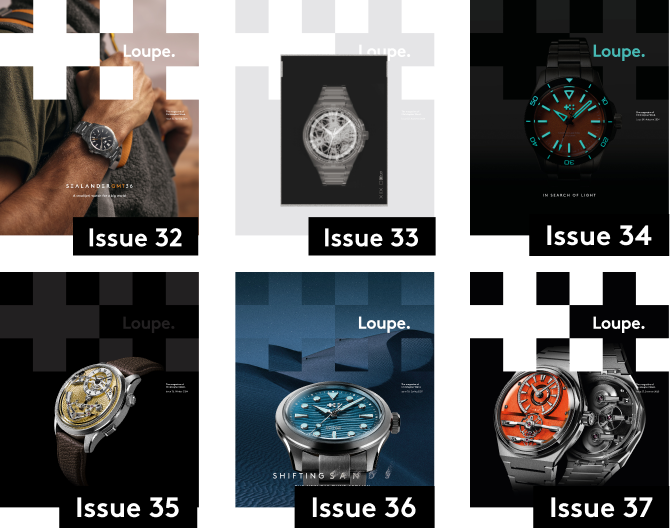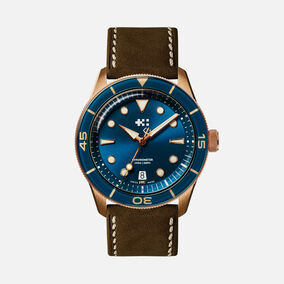What happened when we asked the world’s most famous chatbot to write about our favourite corner of south-west France
To celebrate Aquitaine week, we wanted to share an article on the history of this region of south-west France. However, we didn’t have time to write one, so we got Chat GPT* to write it for us instead. Christopher Ward’s all-too-human editor has added some notes:
* Chat GPT is an Artificial Intelligence (‘AI’) chatbot
The Aquitaine region, located in southwestern France, has a rich and varied history that dates back to prehistoric times. The region (You’ve used ‘region’ twice – CW Ed), which covers an area of over 84,000 square miles, encompasses several historical provinces, including Gascony, Guienne, and Périgord.
During the Iron Age, the Aquitaine region was home to the Gauls, a powerful Celtic tribe that dominated much of modern-day France (Get on with it – Ed). In the 5th century AD, the region (Use another word – Ed) was conquered by the Visigoths, and in 778 AD, the Frankish ruler Charlemagne famously (Delete unnecessary adverb – Ed) defeated the last Visigothic king, Roland, at the Battle of Roncevaux Pass.
In the centuries that followed, the region was dominated by the powerful Duchy of Aquitaine, which was ruled by the Counts of Poitiers. In the 11th and 12th centuries, the Duchy was ruled by the legendary (Cliche. Delete – Ed) Eleanor of Aquitaine, who was the queen consort of both King Louis VII of France and King Henry II of England. Under Eleanor's rule, the region became one of the cultural and intellectual centres of Europe, attracting some of the greatest writers, artists, and philosophers of the time (Like who? – Ed). In the 13th century, the region became part of the Kingdom of England, following the marriage of King Henry II and Eleanor of Aquitaine.
“Aquitaine produces some of the finest wines in the world”

The region remained under English rule for over 300 years (Not specific, find actual number – Ed), until it was finally retaken by the French in 1453. During this time, the region was heavily influenced by English culture, and the local dialect, known as "Gascon", developed into a distinct language that blended elements of French and English.
In the centuries that followed, the region was shaped by the wars of religion that plagued France in the 16th and 17th centuries. The region was also home to several important military battles, including the Battle of Castillon in 1453, which marked the end of the Hundred Years' War, and the Battle of Le Mans in 1940 (You’ve missed out 500 years of history: rewrite – Ed), which was part of the German occupation of France during World War II.
Today, the Aquitaine region (Delete – Ed) is known for its rich cultural heritage, beautiful landscapes, and gastronomic traditions. The region is famous for its vineyards, producing some of the finest wines in the world, including Bordeaux, Sauternes, and Saint-Émilion. It is also home to a thriving tourism industry, attracting millions of visitors each year to its historic cities, such as Bordeaux (Repetition: delete – Ed), Perigueux, and Bayonne, as well as its stunning natural parks and beaches.
In conclusion (Delete – Ed), the Aquitaine region has a rich and diverse history that spans thousands of years, encompassing everything from prehistoric times to the present day. Despite the many challenges it has faced over the centuries, the region has remained a cultural and economic hub of southwestern France, and its heritage continues to shape and influence the region to this day (Basically delete the whole paragraph, and don’t even think about taking my job, sunshine – Ed).


Sign up to Loupe magazine
Loupe is Christopher Ward’s quarterly in-house magazine. If you want to know what’s happening at CW (and you love great journalism), this is where to start. Alternatively, you can read all our back issues on your computer, tablet or phone.
Order your free copyRead Loupe online


